The single most important tool in a kitchen is the knife. What matters is not the brand or fancy handle but the feel of the blade in hand.
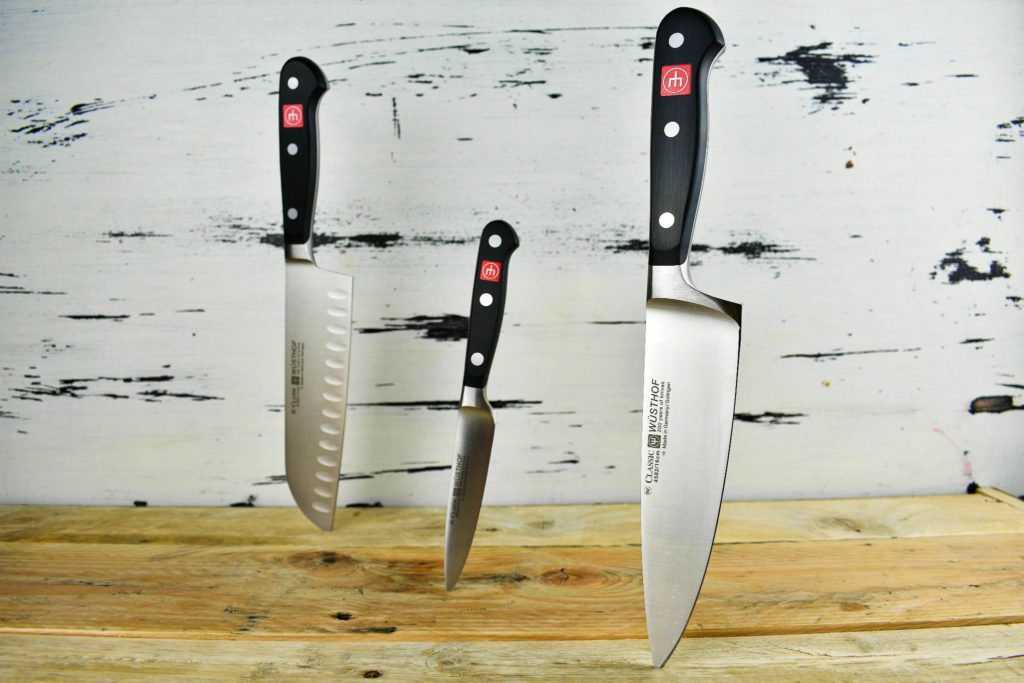
Life is a constant change. We start off from somewhere and with a bit of luck and determination end up some place where before it seemed an unconquerable height. On this road we cut and burn ourselves countlessly but wounds heal and only scars that really matter, remind us how hard earned our is glory.
But when we conquer a peak, it doesn’t matter how delicious is the victory, we’ve won over ourselves, we can’t stop anymore. Because if we reach a summit, there is only one way to go. But descending from one summit doesn’t mean we are going down.
Climbing up, then down is the way we mount the mountains to reach the topmost summit. It’s a hard and treacherous work and couldn’t be done without tools that aide us throughout the journey.
When we start out in the kitchen, the last thing we think is necessary, a knife. There are much fancier, more colorful and techier things to equip our kitchen than knives. Especially, when we are cooking with microwave 5 times a week and eating out on the weekends, the only kitchen knives we have that are the ones left over from the previous tenant of the house.
(Unless of course, we have gone through culinary education or grown up in a household where our ancestors have already climbed through their spiritual kitchen journey and gifted us a set of knives.)
Then as our life improves or our health disorients and we can’t stuff ourselves with ready-made junk, we pick up a cheap set of sharp looking knives on the way home and start using the oven not only as a mean to stock beer but maybe bake potatoes or once in a while throw in a chicken and with a bit of luck enjoy it.
Stage 1 – Dark Age
This is the first stage in our spiritual kitchen journey. The first time we sacrifice another living creature, in our kitchen to allow us to stay alive, will change the way we live.
Either by refusing to go into the kitchen ever again, except by stocking up the fridge with ready-made mainly plant based packaged food or opening our consciousness up into the world of culinary adventures.
(Please, don’t try to kill live animals in the kitchen without prior training.)
After many satisfying meals but tiring kitchen sessions we may try to explore possibilities to ease our job and make kitchen tasks more efficient thus less tiring.
Stage 2 – Awakening
We realize that the knife set we picked up from IKEA for a bargain price may not cut the mustard as well as we would like it. It probably doesn’t help much that it was only sharpened in the factory and since then we haven’t even honed them.
So, we are back in the knife market to bargain some quality knives selected for our needs in size and shape but preferably not to break the bank. This is how we end up in IKEA again picking up the top of the lines Japanese style Santoku knife for slicing or dicing fruit and vegetables, a classic chef knife for everything else and a paring knife for fun.
Armed with the knew knives we are ready to improve our cutting skills too. Mastering the rolling technique will not only save time but fingers as well.
At this stage we may even invest in separate boards for various food groups like, meat, bread, fruit, vegetables, cheese and dried meat. Using separate boards, that helps us separate the flavors, is a great thing when caramelizing onion for the steak and baking fruit bread at the same time.
Stage 3 – Understanding
However smart was our choice of the new knives, we may realize that using them day in and day out will result in blunt edges. After sharpening them with those things sold for knife sharpener resultlessly, we obliged to follow no more of that path. We have to turn our back on those who serves us nothing but lies and turn to the wise for advice.
This is no ordinary thing anymore. This is the very base of great things. We have reached a higher ground where only few dares to go. We are looking for whetstones.
To give old abused blunt edges the shape we want to work with and to level other whetstones: 1000 grit Whetstone @Amazon
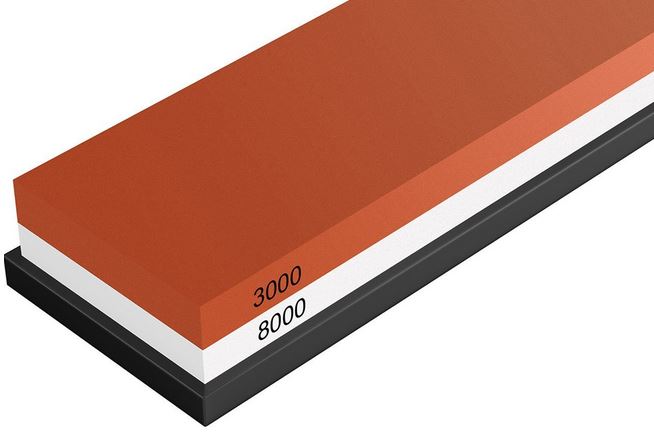
To maintain the shape of the edge we use the 3000 grit then to polish them to perfection comes the 8000 grit @Amazon
Sharpening knives with whetstone is an art in itself that is the very foundation of everything a knife stands for. A knife without edge is like a mind without knowledge.
Of course, we can take our beloved knives to sharpen professionally somewhere… Or take up the challenge to be a better one of ourselves.
Either way, we may realize soon that how important is having a sharp edge on our knives at all the time, we touch them. We may wish to have so sharp edges that even cut by looking at them and we may achieve them by relentless practice.
Stage 4 – Enlightenment
But it doesn’t last long. No matter how we rinse the knives only in cold water or grind them into perfect angle their edge just won’t stay sharp long enough. This is when we realize the our knives aren’t up to our level anymore.
We are on a level where we need tools that can serve reliably and faithfully even when we neglect them sometimes. Tools that support us in our treacherous journey onto the highest peak.
Tools that are created for the journey to be about the challenge not about stumbling on rocks.
We are talking about a level where great edge retention is not a question anymore as the blades are made by forging not stamping as on lower level knives.
On this level the most important thing is the feel of the knife. Specially the feel of the knife in our own hand.
This is when we invest into knives that metal compounds are as important as the method they are made. When we learn about German, Japanese and hybrid style knives and wondering about which would suit us best.
The main differences between a German and Japanese chef knife are the thinness of the blade and the steel’s composition. German knives are thicker and heavier than Japanese blades and made out of steel that is not quite as hard.
Made out of a softer metal with thicker blades German knives are more versatile than their Japanese counterparts. These are the real workhorses of the kitchen capable of succeeding in almost any task required without complaining much.
Cutting through a chicken carcass or boning pork ribs may blunt the edge a bit but after a sharpening session, it will be as good as new again, ready for service.
Knives, Skills & Maintenance
The greatest of forged German knives to consider:
Mind that most of the manufacturers also sell stamped knives for a lower price point which won’t stay as sharp as long as forged knives. Wüsthof and Messermeister uses the same blade across its forged blade series. The difference we find here is only in design and ergonomics.
Wüsthof:
- Classic:
- Classic Ikon:
- Ikon:
- Grand Prix II:
- Epicure:
Zwilling J.A. Henckels Pro Series: (the ones with the twin icon)
Messermeister Elite Series:
- Royal Elite:
- Oliva Elite:
- Meridian Elite:
- San Mortiz Elite:
- Chef & paring knife @Amazon

- Chef & paring knife @Amazon
Stage 5 – Divinity
When we have learnt to use German knives and perfected our honing skill on whetstone, we are ready to care for Japanese blades. We are ready to replace our German Santoku to a real one that requires constant care, attention and love.
Japanese blades are thinner, lighter thus more agile when slicing through dense food. Japanese knives are not only thinner but made of harder materials too mostly without forging. As a result, the blades are not only super sharp but stay sharp longer than German knives. (These are the ones that could cut even at looking at them.)
But that doesn’t bend it breaks. Being harder means being more brittle. Japanese knives are prone to bending or even breaking when trying to accomplish other things with it than straight cutting.
Prying, twisting, boning or god forbid dropping a Japanese knife onto the floor would render it inadequate for further culinary use.
The greatest of Japanese blades:
Global:
- Global Classic GF Series (More durable German style forged blade):
- Chef knife @Amazon

- Chef knife @Amazon
- Global Classic G Series:
- Santoku knife @Amazon

- Santoku knife @Amazon
Mac Professional Series:
- MAC MTH-80 – Professional Series Chef Knife with Dimples @Amazon
- MAC MSK-65 – Professional series hollow edge santoku knife @Amazon

Shun:
Full circle
When we reach to top of the 5th stage there our journey will end. There will be no fear of failure anymore. Our spirit becomes one with the universe and able to spread our wisdom around the world requiring nothing in exchange but the gratitude of letting others light their candles in it.
Sharing our knowledge. It’s a way to achieve immortality. – Dalai Lama
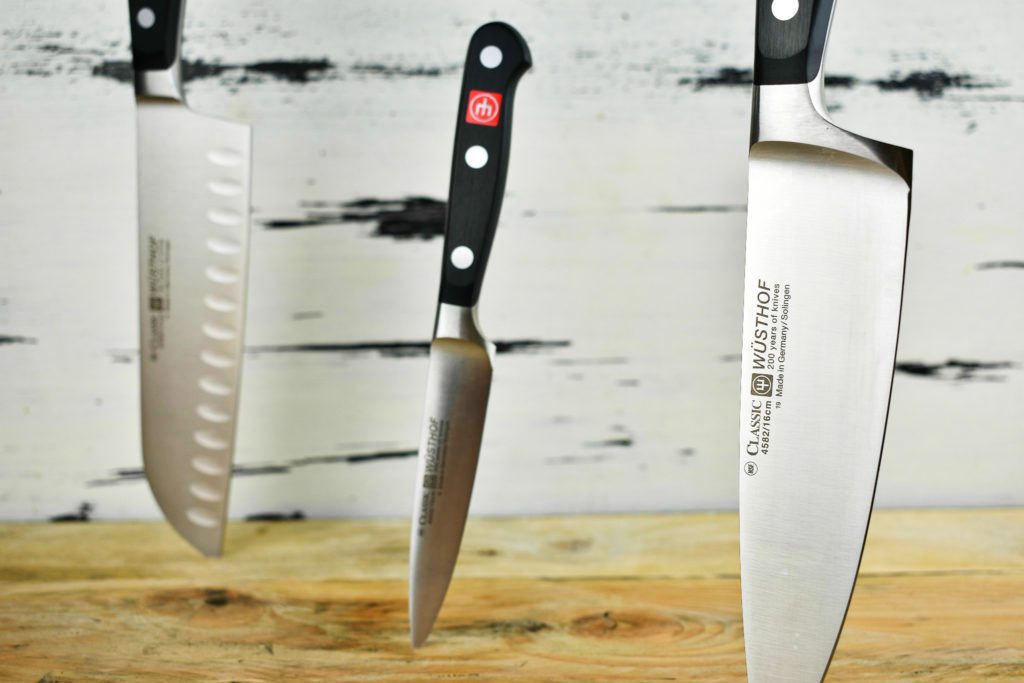
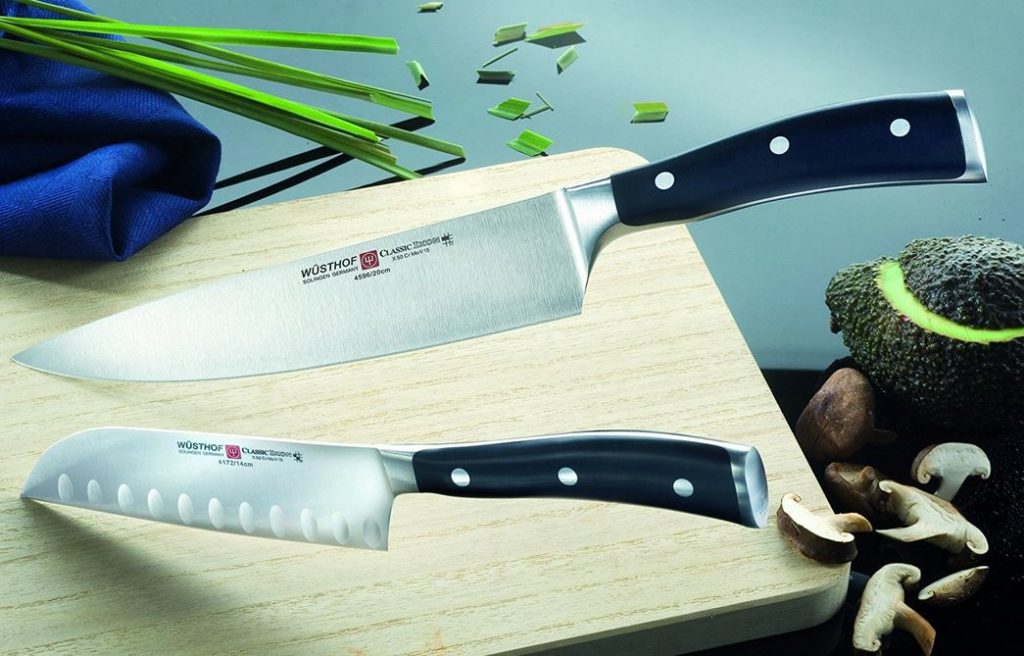
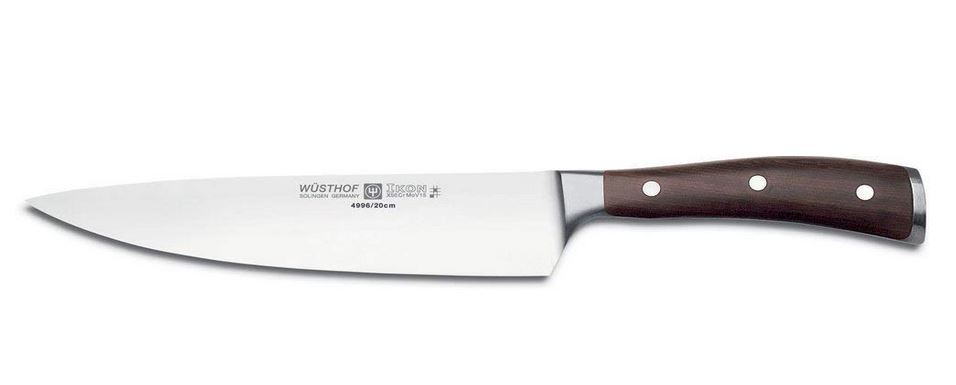

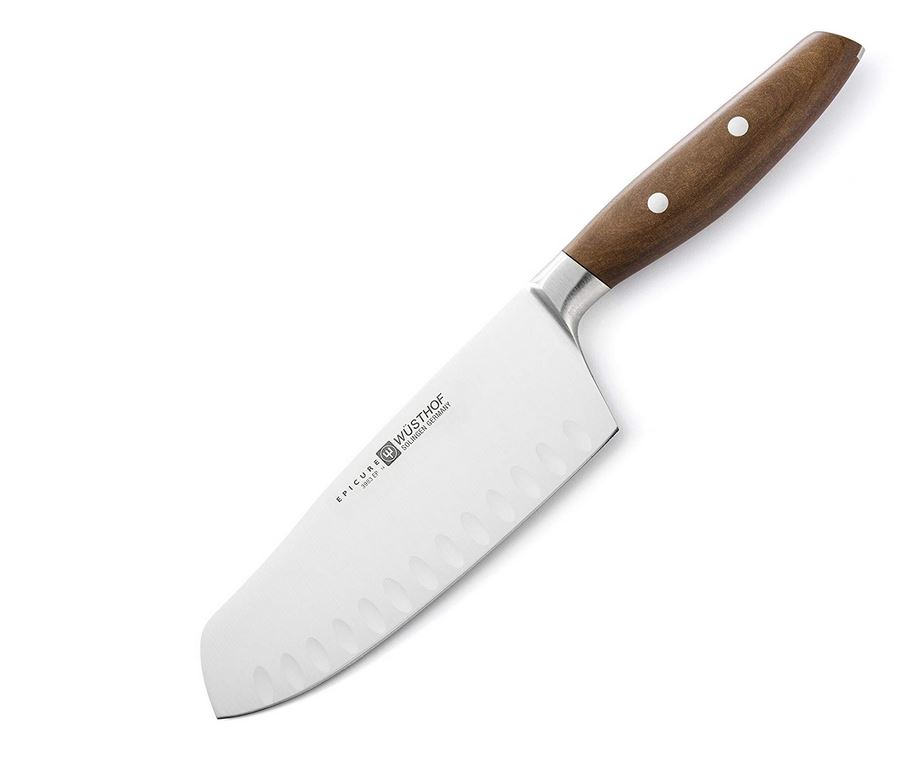
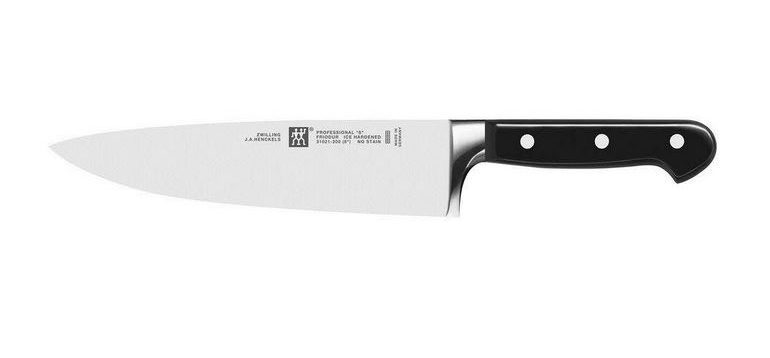
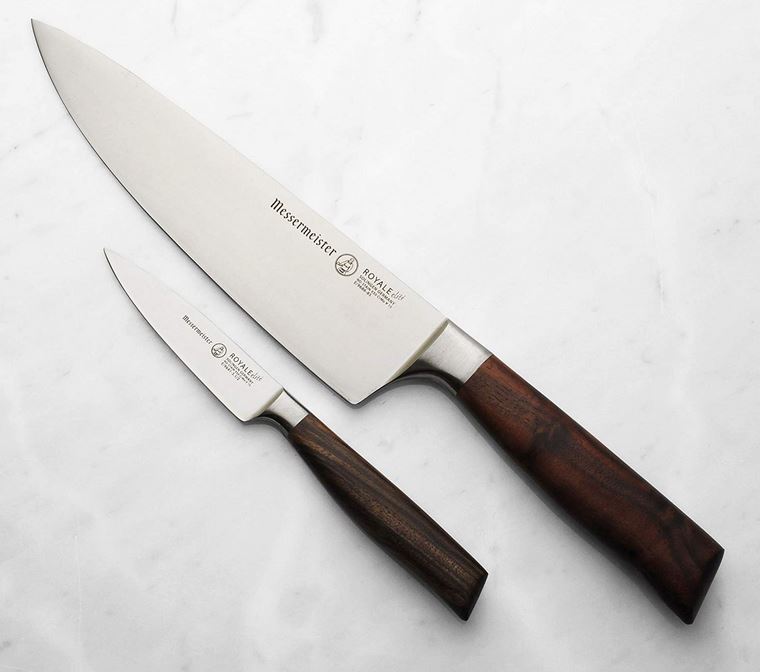


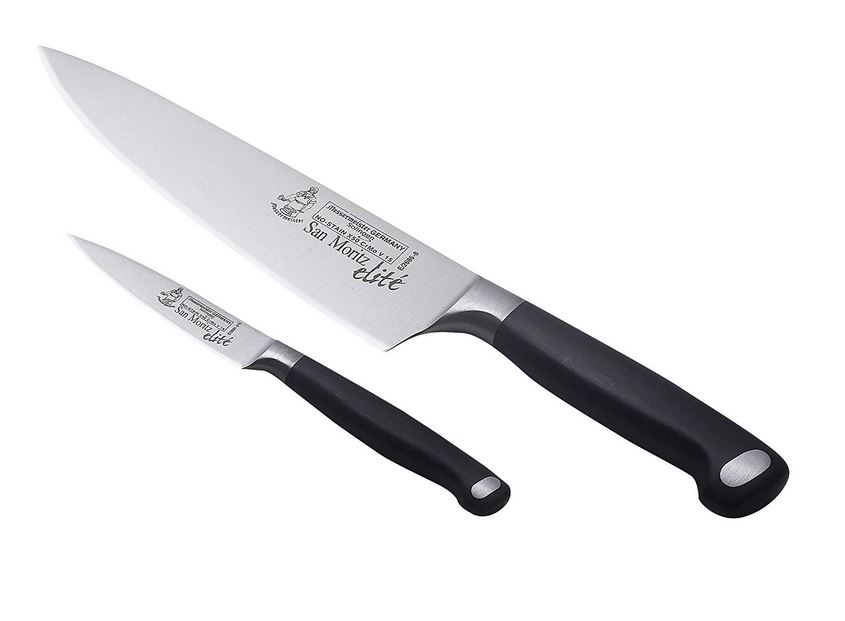
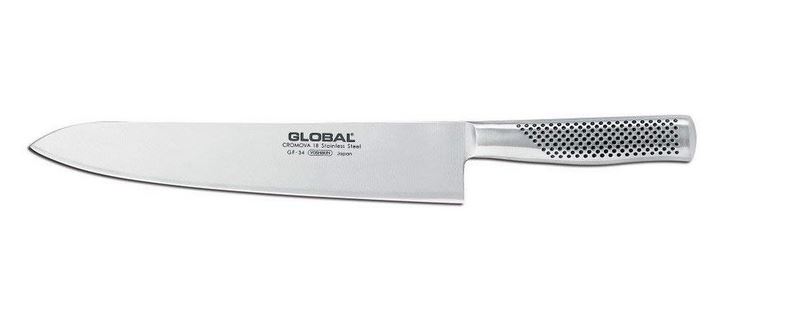
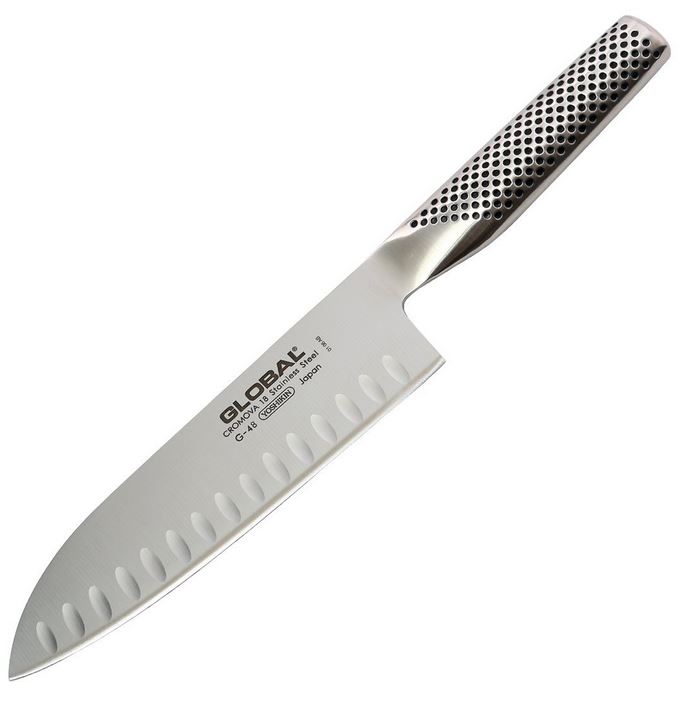
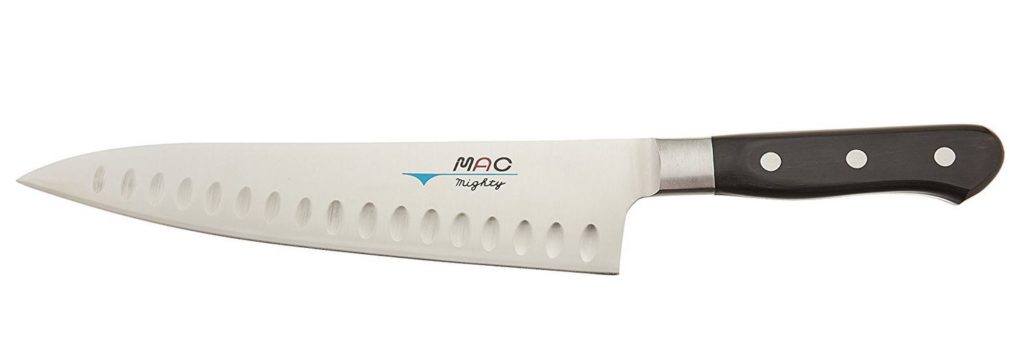


It’s so hard to decide which one is the perfect match…
It’s like that with new beginnings. Just dive in it and try the one that looks best. After using it for a couple of months you are going to have some idea which way to go next.
Which knife do you recommend for someone who is about to get into stage 4?
That would be a Wüsthof without a doubt but which design is totally up to you.